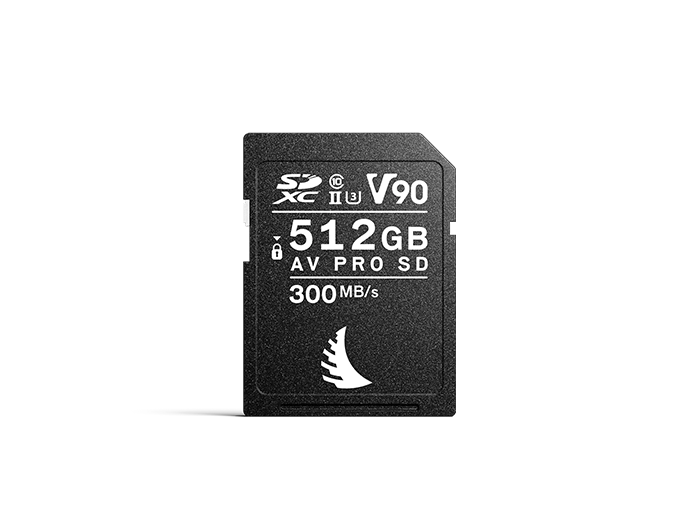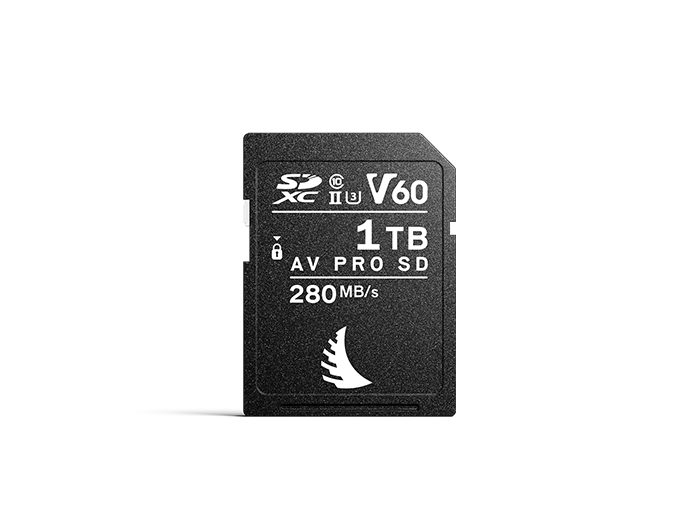Christian Czadilek
Industry
Photography & videography
Specialization
Sports, slow motion
Products in use
AV PRO SE CFexpress A 330 GB
AV PRO SE CFexpress B 1 TB
AV PRO SD V90 512 GB
AV PRO SD V60 1 TB
Christian Czadilek is a sports photographer and videographer based in Graz, Austria. He is known for stunning action and slow-motion shots, taken across snow, water, and sand.
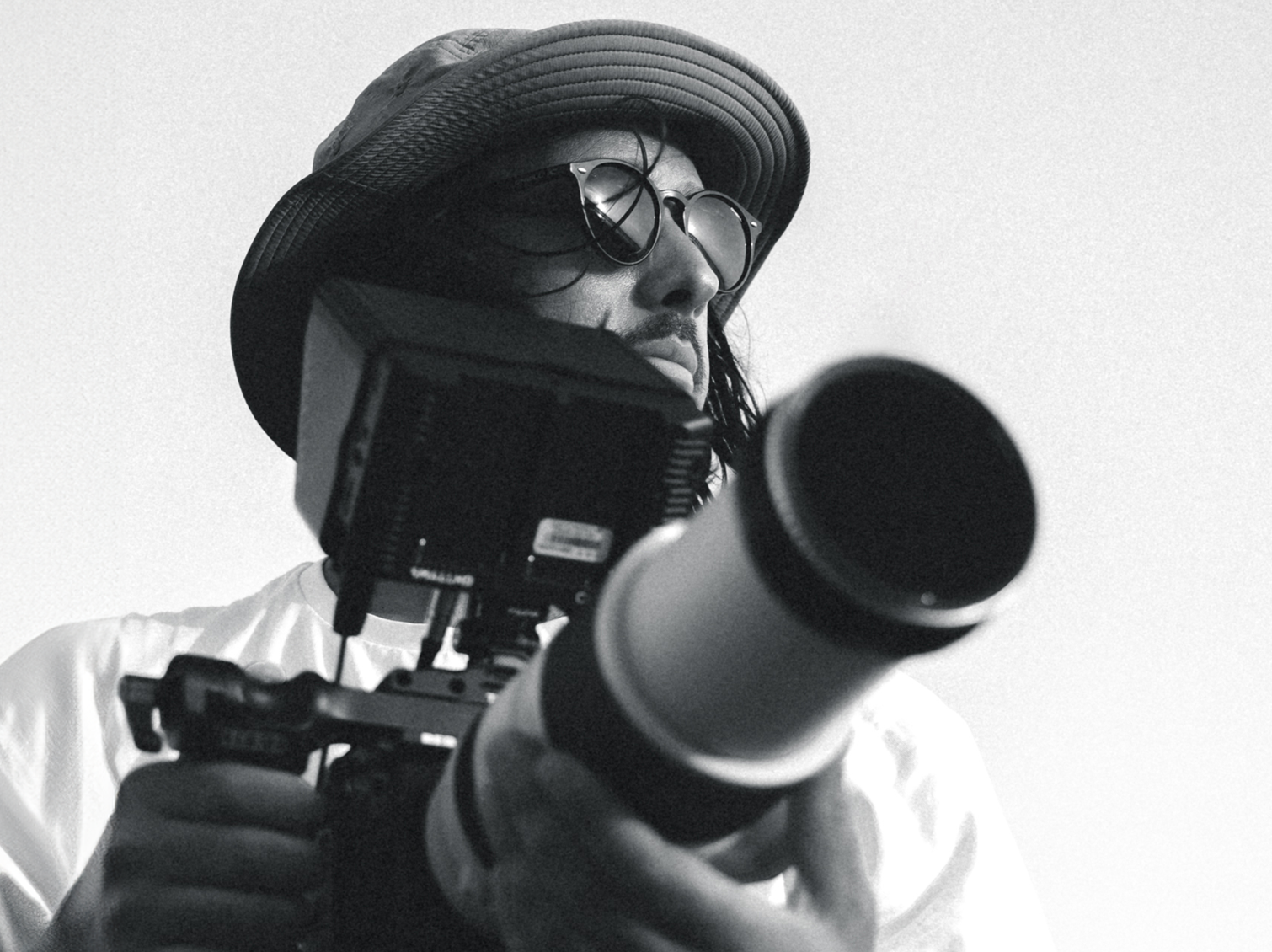
Shooting sports in tough environments with Christian Czadilek
A professional photographer and videographer since 2015, Christian started out recording his friends skiing in the alps of Austria. He now works for clients like Helly Hansen and Red Bull, often shooting in the most challenging environments imaginable.
Christian is a master at shooting athletes within breath-taking landscapes, capturing both the excitement of the sport and the majesty of the surrounding nature.
Discovering Angelbird and joining the collective
Christian originally stumbled across Angelbird online, and was excited to find out that we are also based in Austria.
“I hit them up on Instagram, and they suggested that we do a collaboration,” he recalls. “I sent them over a few behind the scenes pictures and shoots from different seasons. And they sent me a few camera SD cards to try. I also visited them and met all the people working there. It's a super nice team.”
“I use all their products, and I try to give feedback that will help them with product development. And of course, I provide pictures and videos if they ask. So it's really give and take, and I couldn’t ask for more, to be honest.”
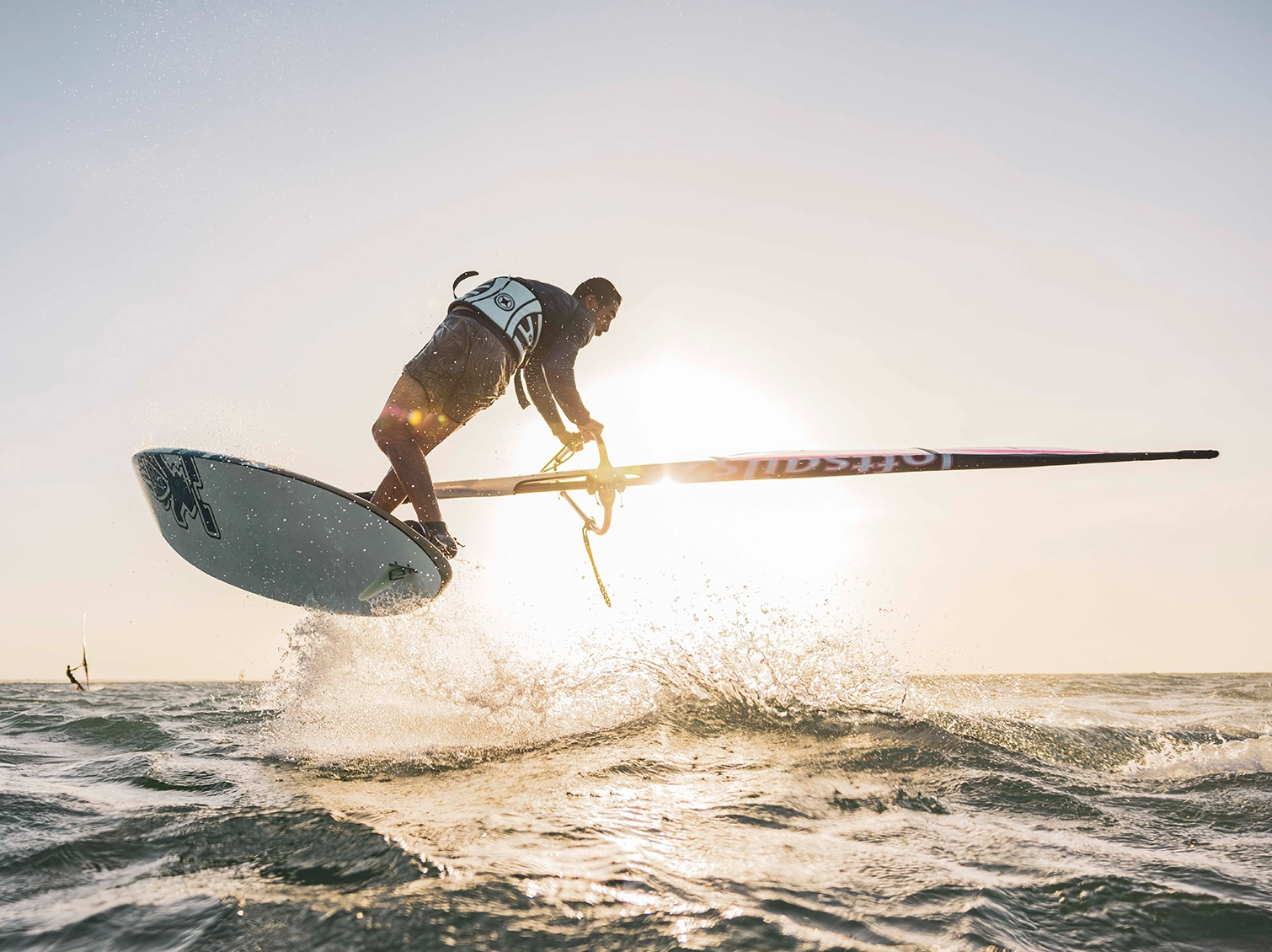
Finding the right niche as a sports photographer who will go anywhere
Considering that he started out in the freezing alps of Austria, it’s no surprise that Christian specializes in shooting in tough conditions.
“I love to swim in the ocean with big waves and shoot there. But I also love to follow skiers through deep powder, trying to not hit any trees. Those kinds of things that not everybody is willing to do.”
Christian also appreciates the nuances in sports photography that some people might not notice:
“When I shoot events, I like to capture the emotions that you see when the athlete has a good result. I like shooting them with friends, with their family, capturing the high fives and hugs, those kinds of things that usually nobody shoots.”
“And I also enjoy shooting slow motion, with different angles. For example, I might shoot someone doing a backflip on the end of a jump, but I only capture the take-off. So you can see the effect of the snow, not just the backflip itself.”
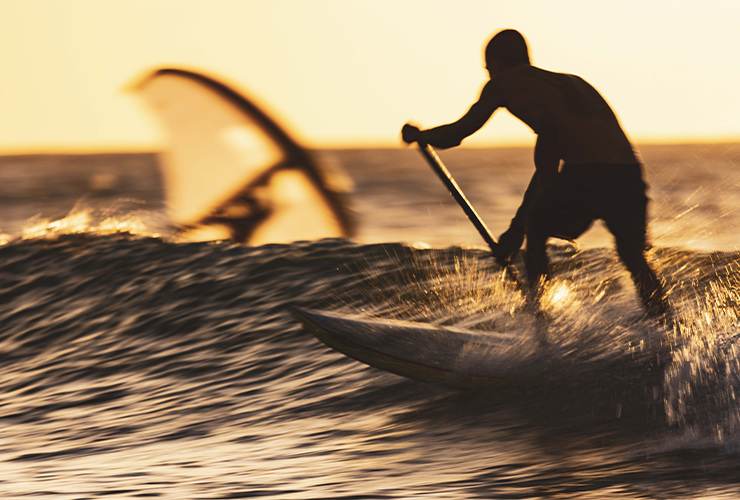
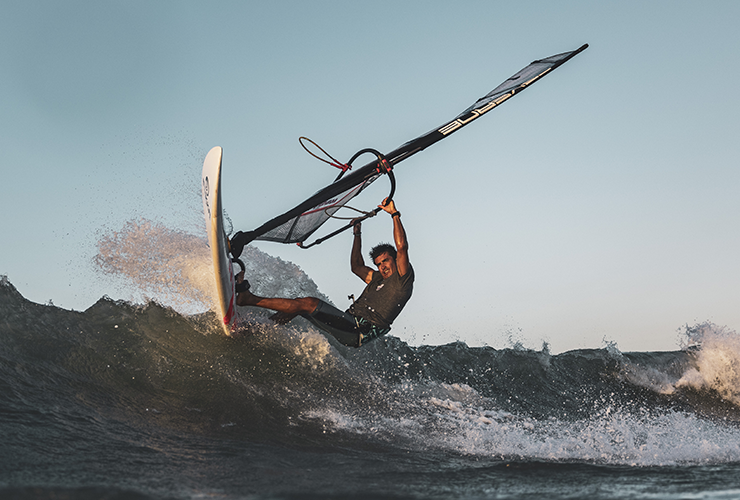
Developing a unique photography and videography style
Christian’s work is notable for the timing and angles he uses — something that came from his early experiences of learning to use a camera.
“I learned from my grandpa, who was a very ambitious hobby photographer. We used to take photos of birds, and we were still using film back then — there were no digital cameras. He really taught me how to think about what you want to shoot.”
“I think that I somehow see things differently than other people do. I notice when I'm around other photographers or videographers, that three or four people shoot in one direction, but I shoot in a different direction.”
“I think it’s because I see things nobody else notices. And I think this comes from my experience of learning to take photos of birds with my grandpa. We were always thinking about the framing and when to take the picture; when the bird’s position or the light was perfect.”
Going on a journey from a hobbyist to a paid sports photographer and videographer
Despite having enjoyed photography as a hobby, Christian didn't actually choose it as a career — if anything, it chose him.
“Years ago, me and my friends were skiing a lot. And at some point, we decided that we should try to film it. So I used a GoPro Two and started filming us skiing and windsurfing. Then I started enjoying it more and more.”
“We also tried to make proper movies with a storyline, but we had no budget. It was just something we did for fun. We used small camcorders like the Panasonic HC 909, which was my first ever camcorder.”
“My first jobs came through skiing. The owner and CEO of the ski resort where I lived came to me and said ‘Hey, I like what you're doing. Maybe you can do something for the ski resort’. And that was my first paid job.”
Remembering a career highlight: a daring sports event in the Swiss glaciers
Asked to recall a standout project from his career, Christian remembers the X-project, a sports event in Switzerland. The event brought together top athletes from windsurfing, speed riding, snowboarding, wingsuit, backcountry freestyle and snowkiting, with the goal of capturing them in this majestic snowy setting.
“We spent 11 days on the glacier, going up there every day with a helicopter as our taxi. We had three helicopters on set, two with cameras, and one just to carry the athletes up and down. And this was the most impressive and most remarkable project to work on.”
“This project was just crazy. We had top athletes and there were people with windsurf gear skiing down Swiss glaciers. That’s not something that you see every day.”
“I froze three of my fingers there because it was minus 28 degrees. Three of my fingers don’t have so much feeling in the fingertips anymore.”
“But still, shooting out of the helicopter, and then having a cool team to work with, made this project something really special. All of that footage was shot with Angelbird SD memory cards, and using Angelbird SSDs to back them up.”
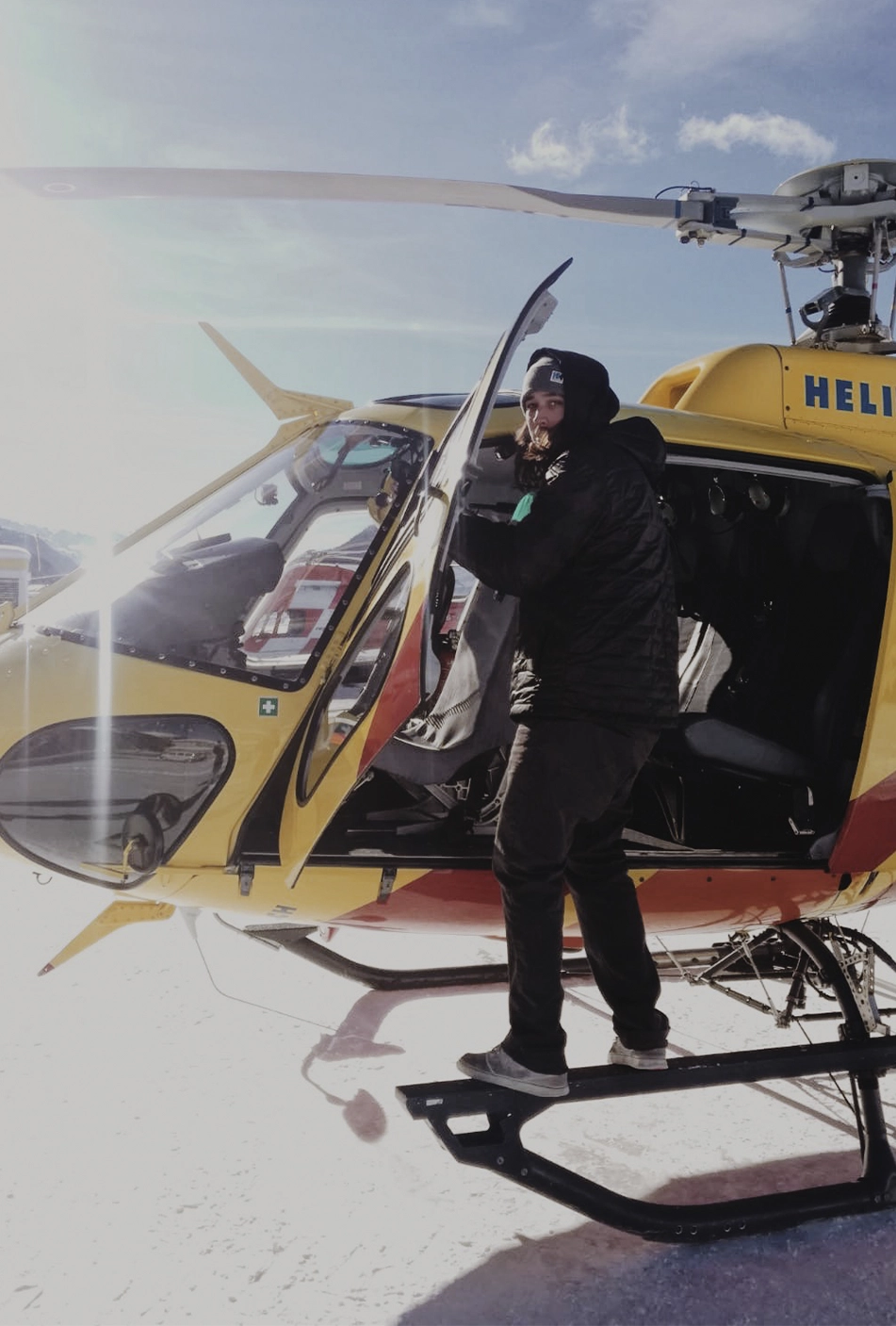
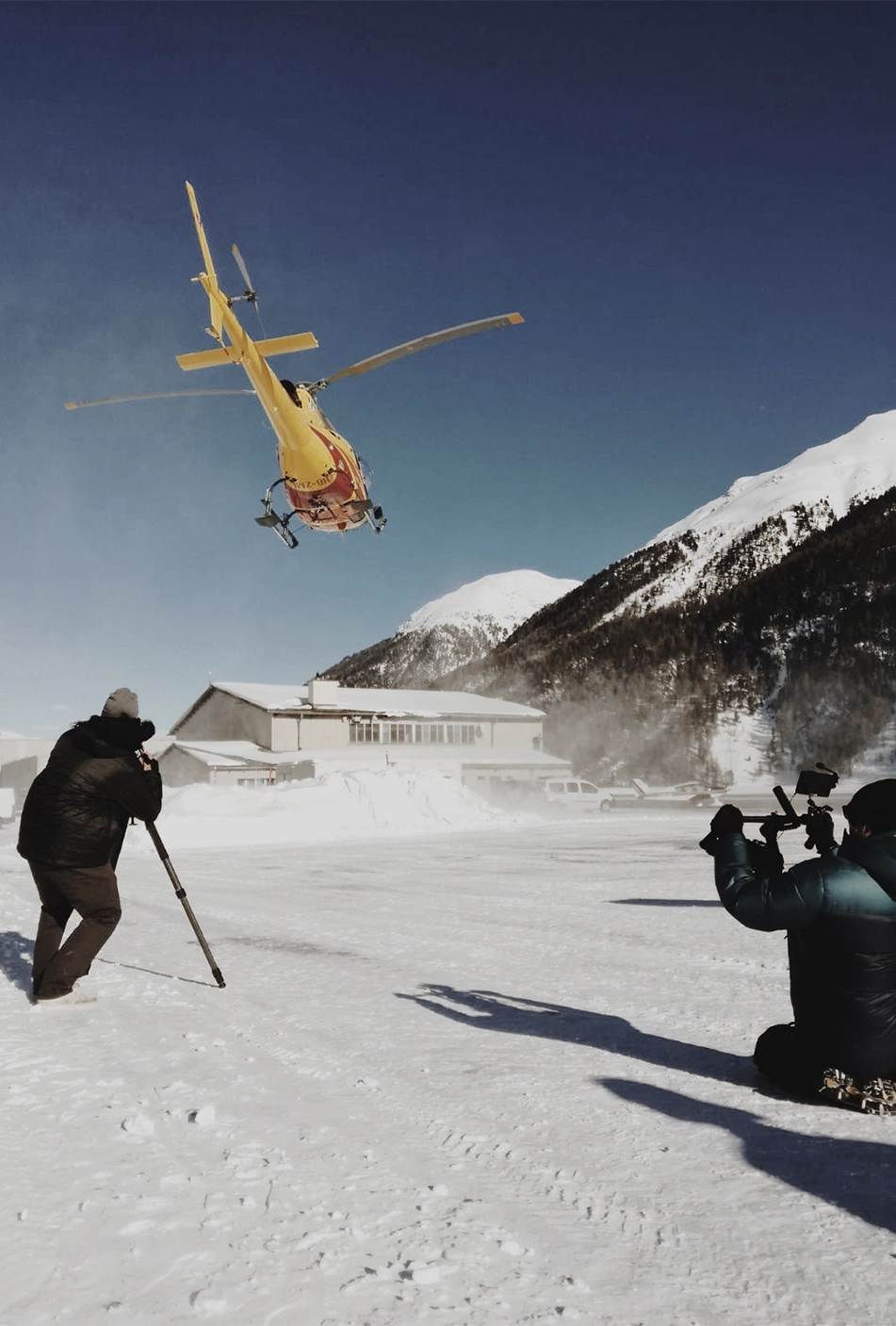
Finding motivation as a sports photographer and videographer who has done it all
“What motivates me is that I still enjoy doing it! I always thought that you get tired of things that you do as a job. But I still enjoy building the camera rigs, spending time trying to improve my setup, and seeing how I can change things.”
“And I also watch a lot of movies, to be honest. I like to check out everybody who's working in this industry. For example, Sherpas Cinemas. They used to produce a lot of ski movies, and I really enjoy them. They shoot nature and people in the Himalayas, in the Alps—all the things that I really enjoy.”
Bringing together the perfect gear for all-weather sports shooting
While Christian has changed equipment many times over the years, his current gear is ideal for slow-motion and 8K shooting.
“I'm using a RED V-Raptor, which is very advanced. For example, I can shoot 8K up to 120 frames per second, which is a beast in any situation. But it does have some downsides — it takes about 35 seconds until you can start to shoot, which can be an issue.”
“I have a smaller RED camera, the Komodo X, which I use for video, and the Canon R5C, which I use to take photos in my water housing. These are my travel cameras that I use when I go to Brazil every year. And of course, I use Angelbird CFexpress Type B cards.”
“It’s so important to have reliable equipment, because there are things that you just cannot reproduce. There are shots that only happen once. Luckily, I have never lost footage — knock on wood!”
Workflow tip: prioritize doing backups
“Always do your backups. My workflow is that I come home from a shoot, and no matter the time, I always go and backup my photos. Because the worst thing you can do is lose the things you shot.”
“I always try to have everything doubled. Everything is on two different hard drives, just to be sure. I learned this the hard way, because my laptop broke down one time.”
“Preparation is key, so prepare your backpack and whatever you're going to bring the day before the shoot — not on the day of the shoot — and have your batteries charged.”
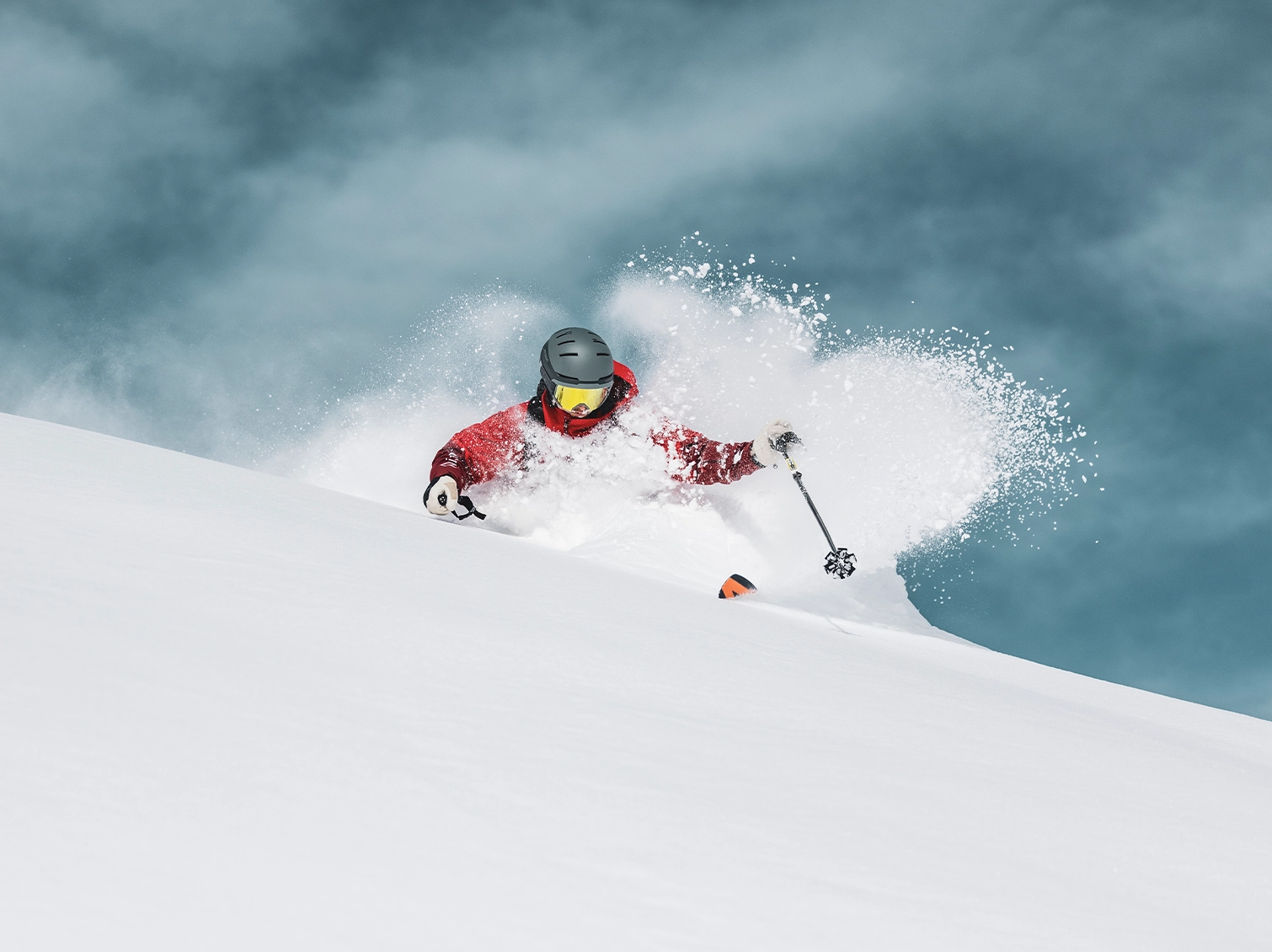
Overcoming an early challenge in becoming a professional photographer and videographer
While Christian is a successful freelancer now, he explains that making the transition to being a professional sports photographer was challenging.
“It was not so easy for me to understand how freelancing works, so I was very insecure in the beginning,” he says. “There were a few sleepless nights, where I closed my eyes and thought ‘whoa. I didn't earn anything for the last two months’. So this was one of the hardest things to learn — that these things need time.”
“I had to learn to be patient, to trust that I know what I'm doing. Back in that early freelancing period, I was always thinking, ‘I hope people like what I'm doing’. But now I know that people like my work.”
“If you don't try it, you will never know if it's going to work or not. But it's exciting once you know you can make it happen — I wouldn't change it for anything.”
Sharing advice for newbie creators looking to make their mark
“Try not to think too much about your equipment at first. Just go out and shoot, and keep trying new things. For example, if you haven’t shot skiers before, give it a try.”
“There is no wrong way to do things. I have shot with a few photographers who don’t usually work in sports, and they have a completely different perspective on things. Maybe they don't know when the action is going to happen — but they get different angles, different perspectives, and different feelings.”
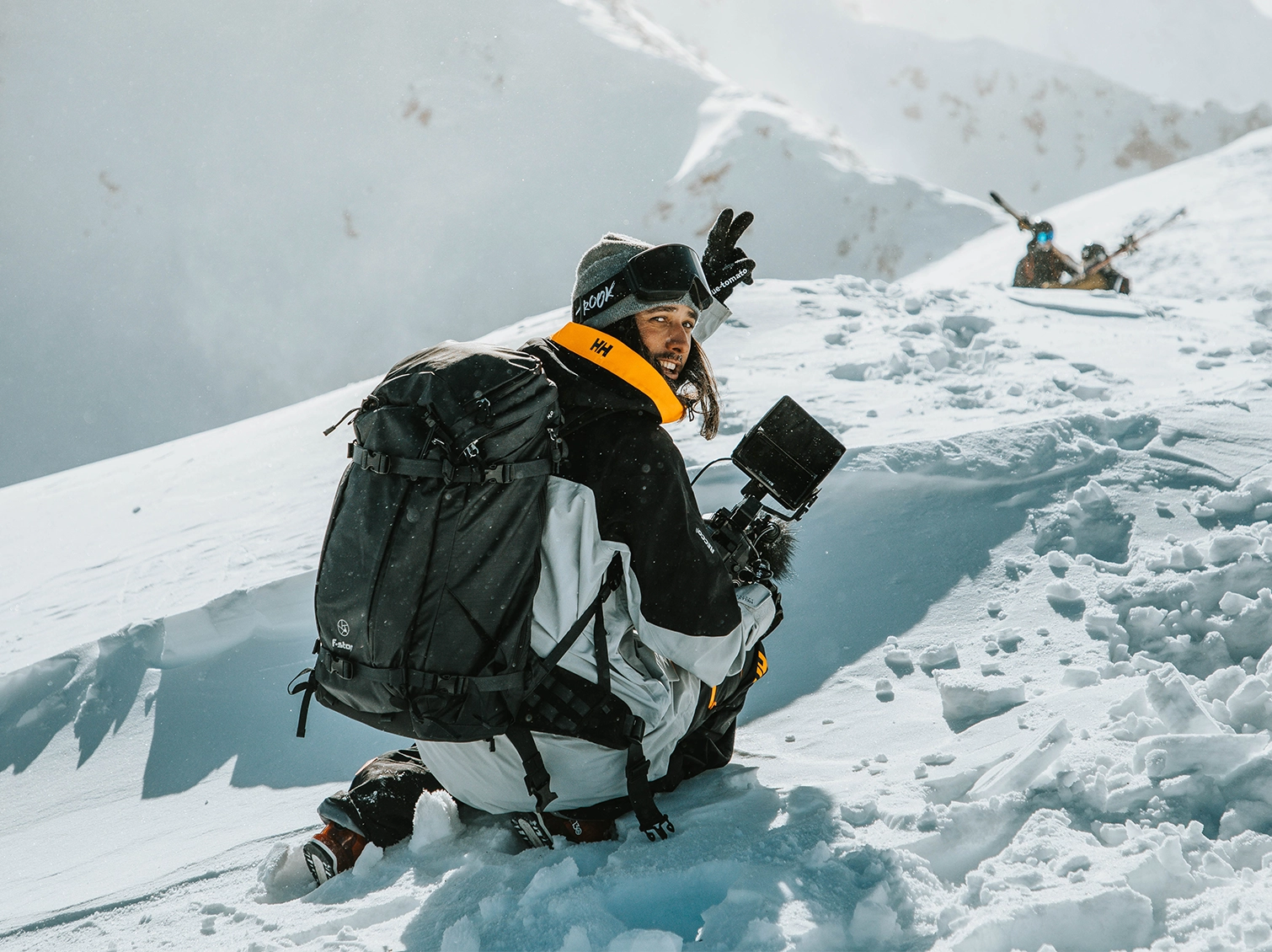
Exploring what creative freedom means for Christian Czadilek
“Having the ability to be my own boss, to do what I love to do, and to do what makes me happy. Being able to suggest where and when we shoot, and having the client say ‘yeah, let's go for it!’”
“This happens when the client knows they can put trust in you. For me, this is what freedom is. When the client puts so much trust in my work that they give me the space to shoot whatever I want.”
Big thanks to Christian for being in the Angelbird Collective. We look forward to seeing what else you do as you enjoy creative freedom — without limits.
Connect with Christian online:
Website
Product in use

AV PRO microSD V30
512 GB
microSDXC™ | UHS-I | A2

Media Tank™
CFexpress B


